
Бесплатный фрагмент - FORESTS AND INDIGENOUS PEOPLES
Central America
Электронная книга - Бесплатно
Part 1: FOREST THE BEAUTY OF THE FOREST
Cayo el azul, echo a rodar, y se hizo el río.
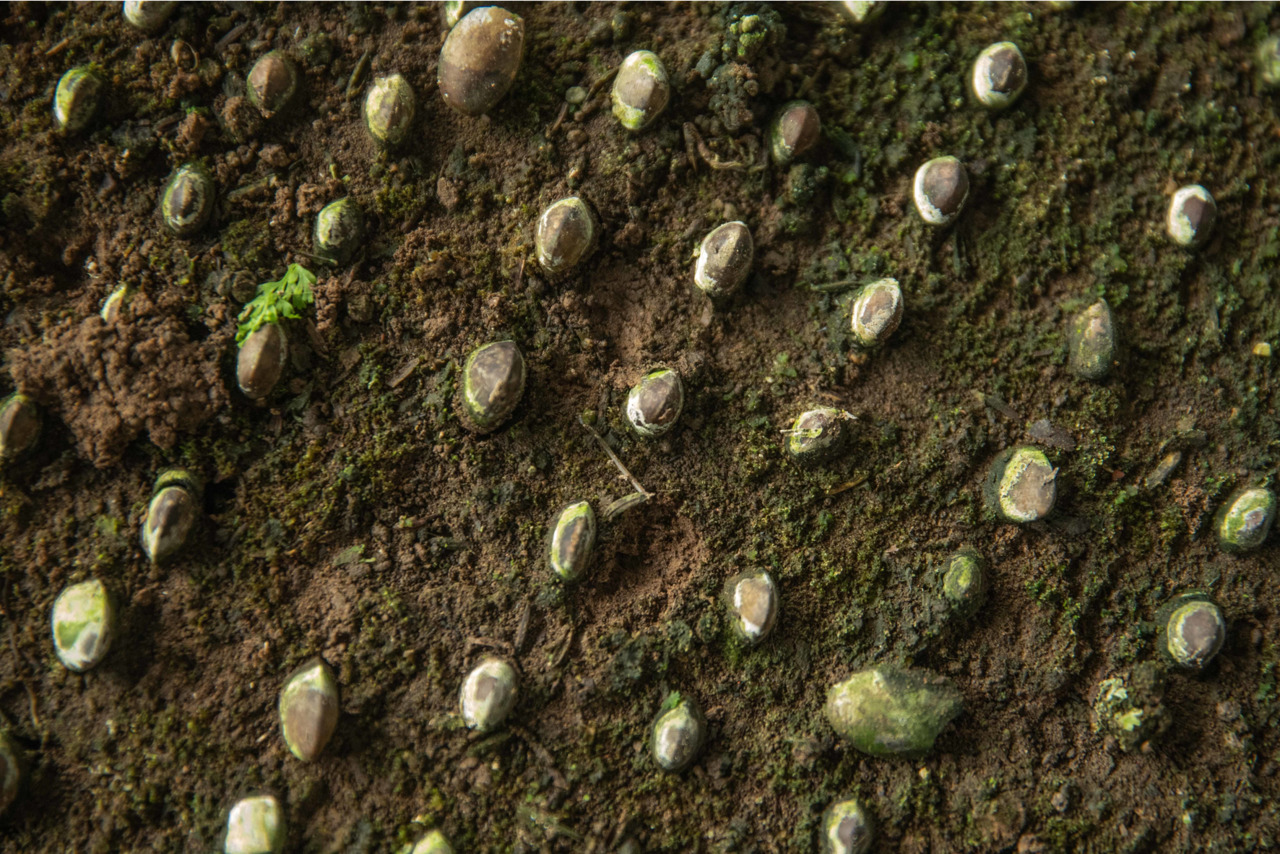
Se elevó el verde, lloró, y se hizo el sauce…
Edith Vera
If viewed from the clouds, the whole Americas will be like a vast blue carpet.
When it comes to the Americas, we will definitely think of the Amazon rainforest - which is famous for the most majestic and mysterious green ecosystem in the world.
Formed about 10,000 years ago, the unspoiled beauty of the forest is likened to the "green lungs of the Earth" because it is an important place in the process of purifying the fresh air for the planet. Amazon forest or Amazon rainforest, Amazon rainforest is a moist broadleaf forest in the Amazon basin of South America with an area of 7 million km² extending through the territory of 9 countries. With 60% of the rain forest covering Brazil, 13% covering Peru and the rest being Colombia, Venezuela, Ecuador, Bolivia, Guyana, Surinam, Guyana (France). Not only that, it also occupies more than 50% of the Earth's rain forest area and is also home to an extremely rich ecosystem of plants and animals, including rare species that need to be preserved.
Similar to the Amazon jungle, the forests of Central America are also majestic and magnificent.
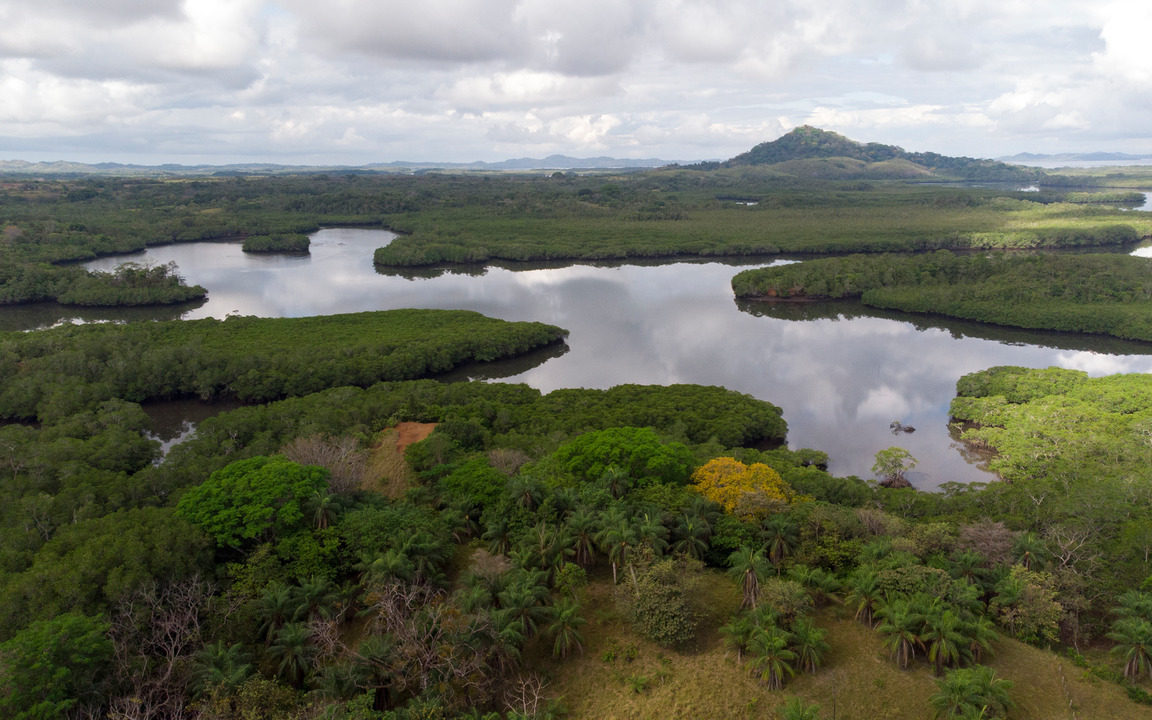
Central America is geographically the region that lies between the Americas on the North-South axis. Central America can be seen as a separate region but can also be considered the southernmost part of the North American continent. This is where the two continents of North and South America meet, as well as a convergence of many interesting and unique cultures. To this day, Central America still holds sizable rainforests, where a separate civilization has since developed.
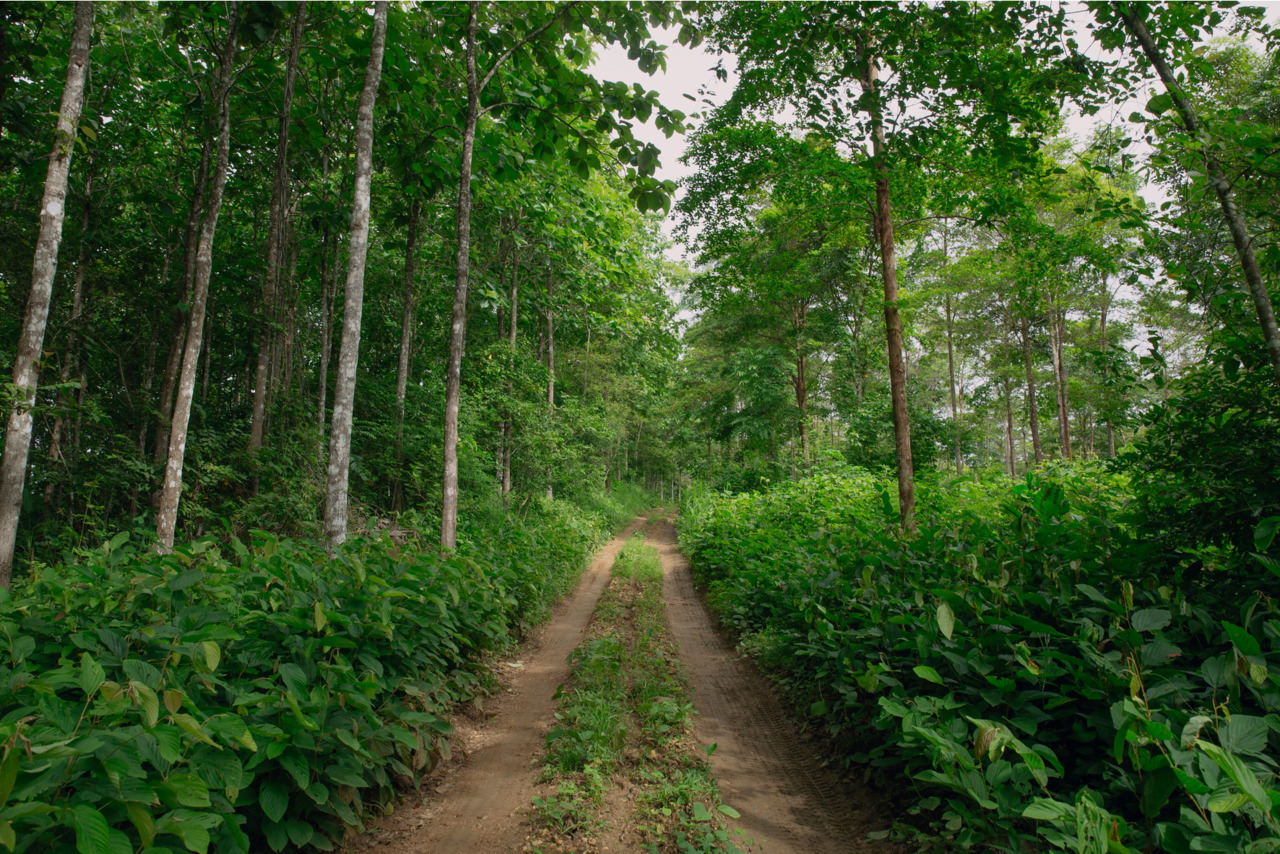
Central America is geographically the region that lies between the Americas on the North-South axis. Central America can be seen as a separate region but can also be considered the southernmost part of the North American continent. This is where the two continents of North and South America meet, as well as a convergence of many interesting and unique cultures. To this day, Central America still holds sizable rainforests, where a separate civilization has since developed.
The mysterious Central American forest is known as the "living paradise" of diverse flora and many rare species are preserved. The deep green forest is like a carpet spread all over the area, the rays of the sun shining down further highlight the wild beauty of this place. Tens of thousands of species of plants inhabited here since the early period. The forest has a hot and humid climate and sudden rains appear, so most trees have good natural adaptation habits. An eye-catching green spread of Central American rain forests extends from the state of Chiapas in southeastern Mexico, through Guatemala, El Salvador and Honduras, to northern Nicaragua, with many species of tall canopy trees, trees, vines,
THE PAIN OF THE FOREST
When the trees in the forest turn into thick stacks of money in their pockets, that's when the forests die!
When it comes to forests, the first thing that reminds me is not the green forests that don't see the exit, not the sound of mountains and forests echoing every time I scream, not the house of fake wild animals, but… the forests are falling and dying. I still remember the image of a wild fire rising in the Amazon forest in August 2019 that lit up hidden corners of the forest story. And of course, this incident has attracted the attention of the online community around the globe. All are very concerned about the survival of the world's largest rain forest. They have spoken out, sharing all the information surrounding this serious disaster in the hope of contributing a small part of their strength to save the green lungs of the earth.
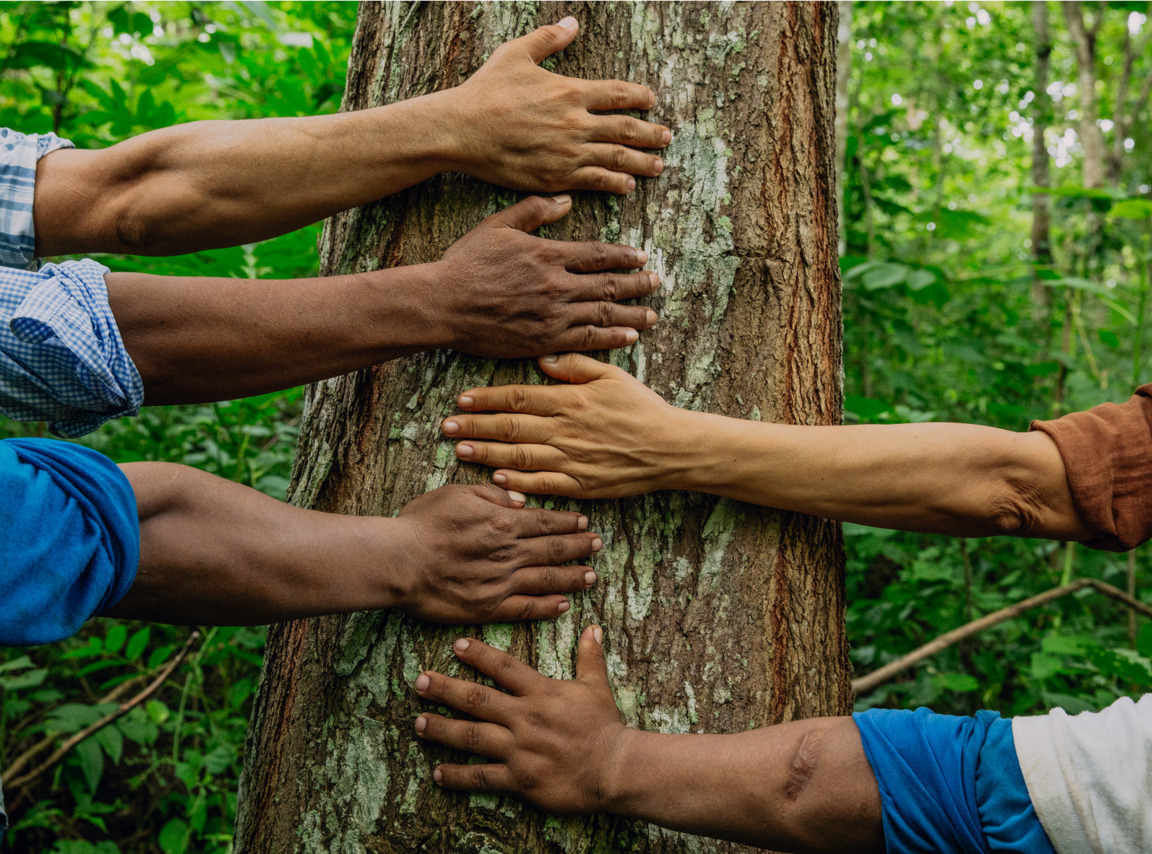
Hashtags accompanied by messages of prayer for amazon #prayfortheamazon, #prayfortheamazonas and #amazonrainforest have gone viral throughout social media sites, appearing in every post, every comment, every Tweet. But only about a month later, this gradually subsided, and few people cared if the Amazon forest was still burning or not. And of course, they don't care how the other forests are suffering!
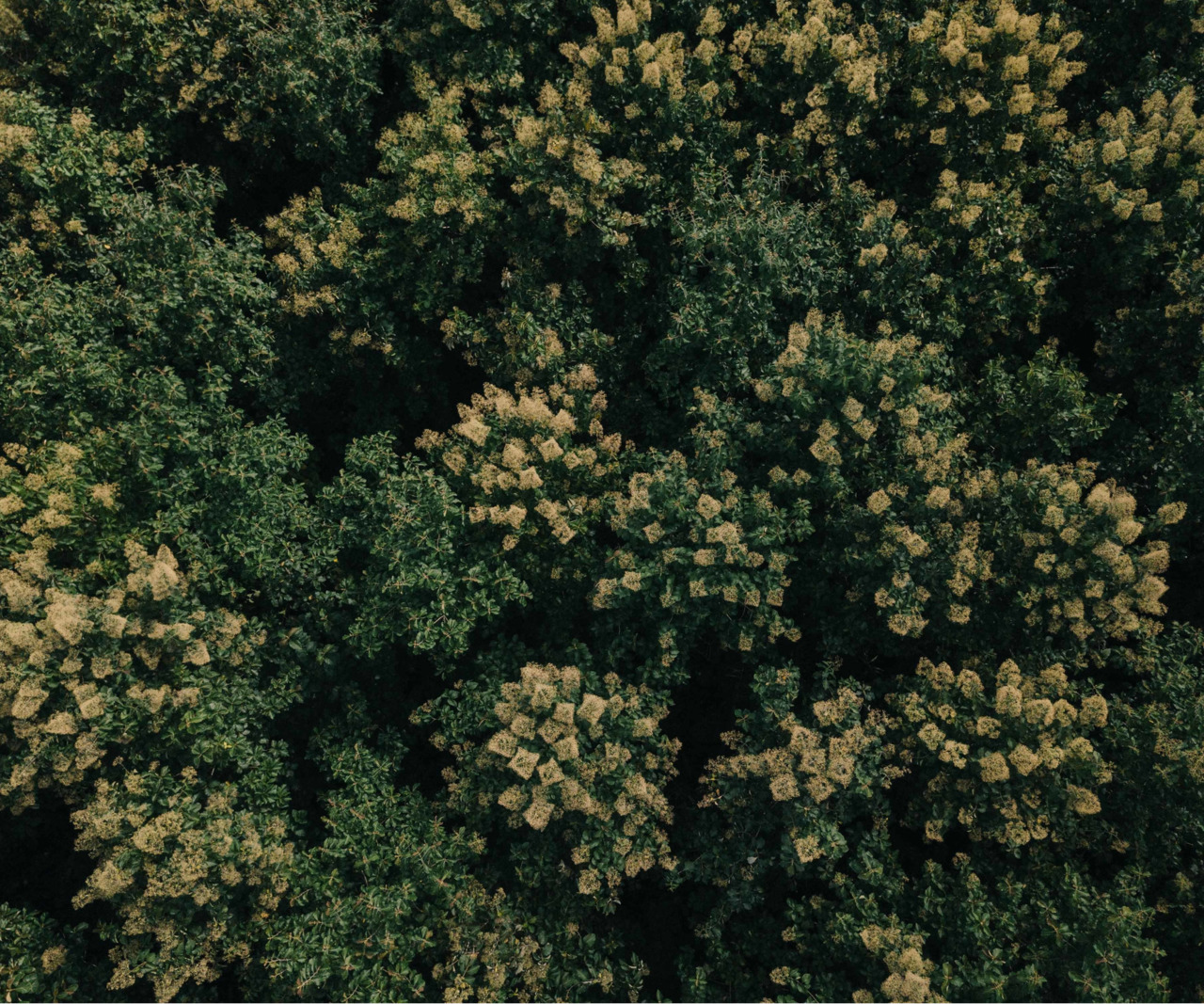
Back to the story of the beautiful Central American rain forests. I believe there will be a lot of people who are shocked when they read the news about wildfires and wonder, "Why the fire?" Because the level of destruction of the fire is so terrible. But unbeknownst to people, indigenous peoples could have imagined this tragedy. Because this is the result of a process, not a random phenomenon. And the result of the days of tireless logging is that one day waking up, we are startled to discover that the forests have been robbed by the fire!
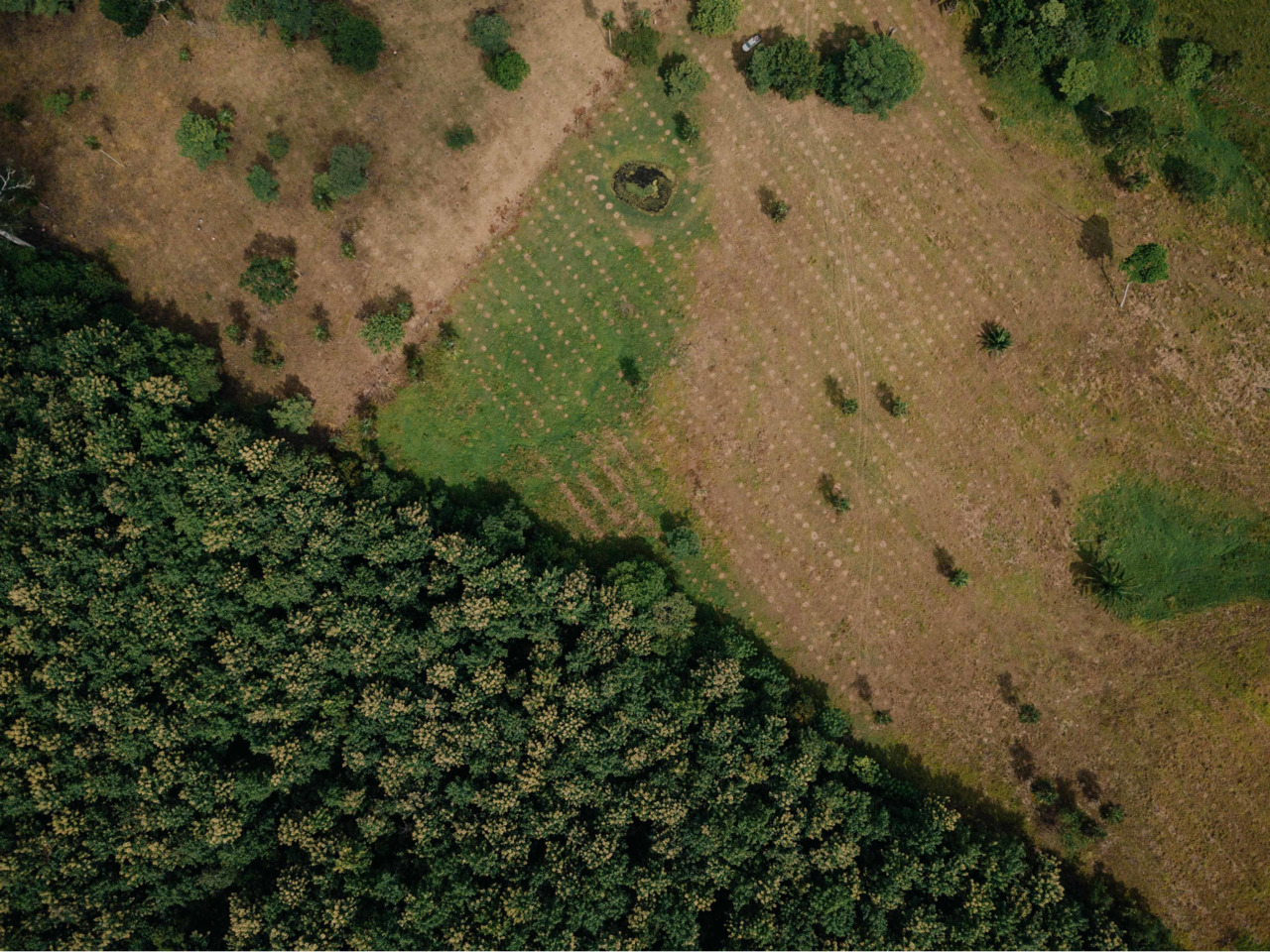
The 10-million-year-old forest was destroyed in just a few decades. This is no longer an absurd story when up to now, 1/5 of the forest area has been replaced by vacant land, agricultural land, football fields, factories, factories or bare stumps. Following the historical traces, we begin to discover somewhat the root cause of the decline of rain forests in the current Central American region.
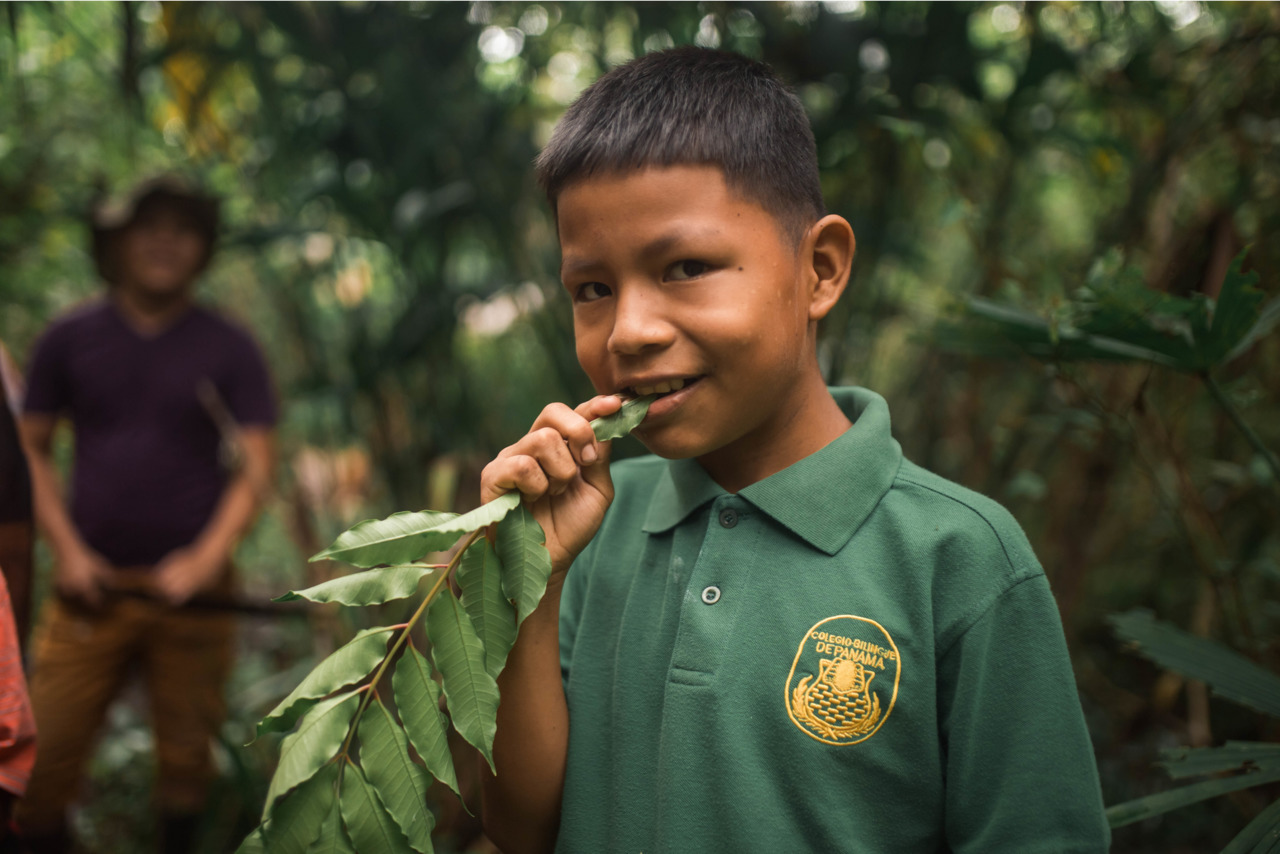
THE "INVASION" OF EXOGENOUS FACTORS
There are many issues that apprehensive environmental researchers and one of them is probably extraneous.
The first inhabitants to migrate to the rain forest from Central America and North America were about 13,000 years ago. Already up to 10 million tribes lived in fortified settlements, creating certain items by farming in fields and orchards. In it, the Karipuna tribe roamed a southern enclave, which is now the Brazilian state of Rondônia.
The year 1492 saw the arrival of European colonists to the Americas, the beginning of large-scale geographical discoveries and also the beginning of deforestation in the New World. Unspoiled forests give way to new housing estates, land for agriculture and old trees become firewood under each roof. By the beginning of the 20th century, the world used to lose some trees that covered rain forests at least once, but most of them are still preserved, unlike its inhabitants. As with most of Brazil's more than 300 extant tribes, contact with gentiles has reduced the number of Karipuna people by infecting them with new diseases such as measles and influenza.
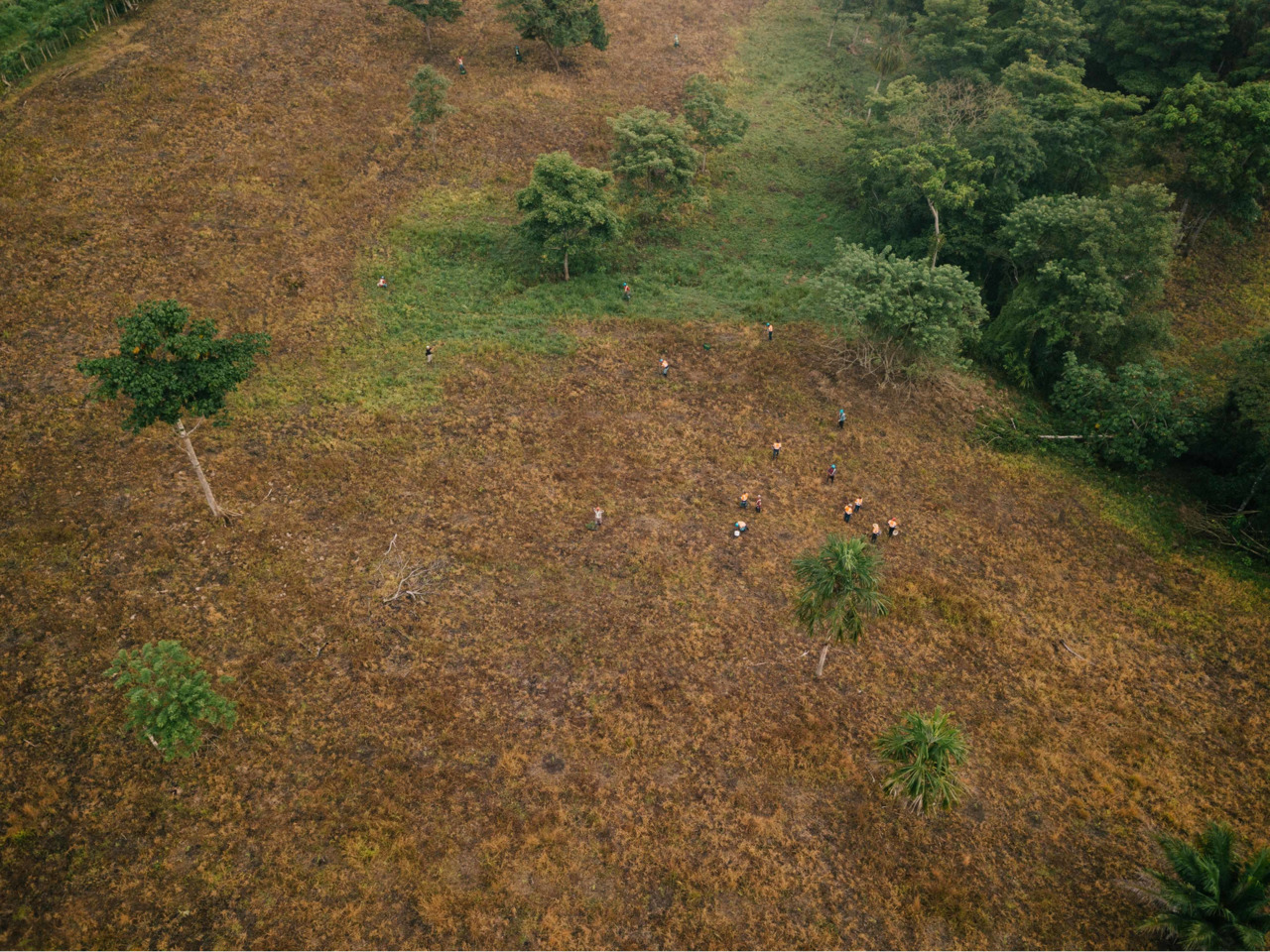
The indigenous peoples of Central America live in the same forest and for the forest. Therefore, they are the most "elite" forest protection force. More than anyone else, they are people who understand the importance of forests to the survival of the tribe. The decline in the number of people caused the tribes to unite and shrink to mobilize the power to protect the source of life, the forest.
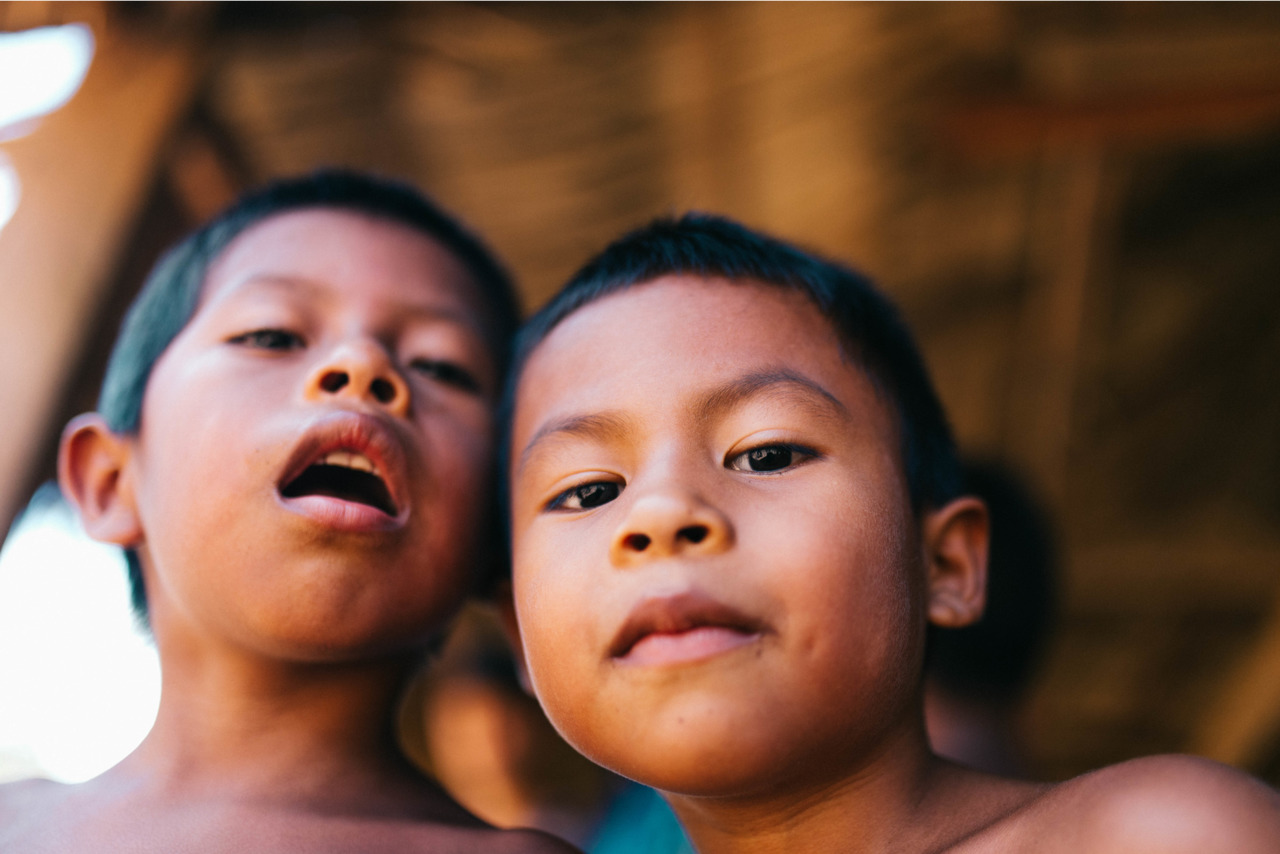
GOVERNMENT AUTHORIZES ACTIVITIES
EXPLOITING THE BLUFF FOREST
The coins are like slaves - if they don't follow, they'll go away.
Congolese proverbs
The number of forest trees disappearing in the 20th century is more than the sum of the previous history section. Central American rain forests, possessing large amounts of underground minerals, were eventually threatened when the amount of mining became massive.
However, when in the dry season, crimson fires light up the night sky across the forests, suggesting that unplanned development will always come at a cost. May 8 is fire season, as usual, Central American farmers use rare dry weather to set fires to clear forests ready for planting. But 2019 was different, with satellite data showing there were more than 46,000 fires in the region, an alarming increase of 111% compared to 2018.
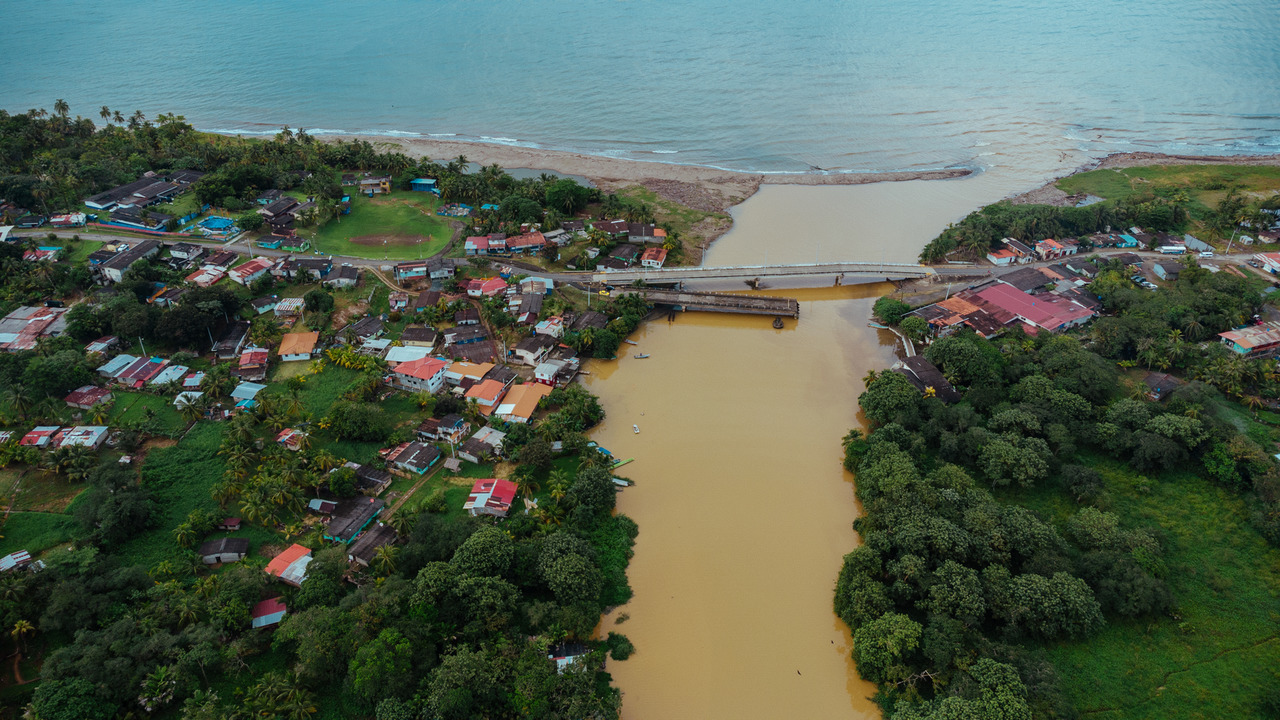
At the time, the authorities did not express adequate concern for wildfires. Moreover, they dismissed the preliminary 2019 deforestation figures as "fake" and fired those who were trying to protect the forest. Preliminary INPE figures show that deforestation increased by 92% in the first 8 months of 2019 compared to the same period in 2018. It's unclear whether deforestation rates have returned to their highest levels between 1995 and 2004, but support for deforestation for their farmland must have had a significant impact.
LOSING THE LUNGS OF THE EARTH FOR GROUP BENEFIT
According to statistics, there are at least 427 species of mammals living in the Amazon rainforest, but currently the overwhelming number are cows, which provide a large source of output for export to Hong Kong, Egypt, Russia, Saudi Arabia, Switzerland, Denmark… Up to 80% of the cleared forest land is used for cattle breeding.
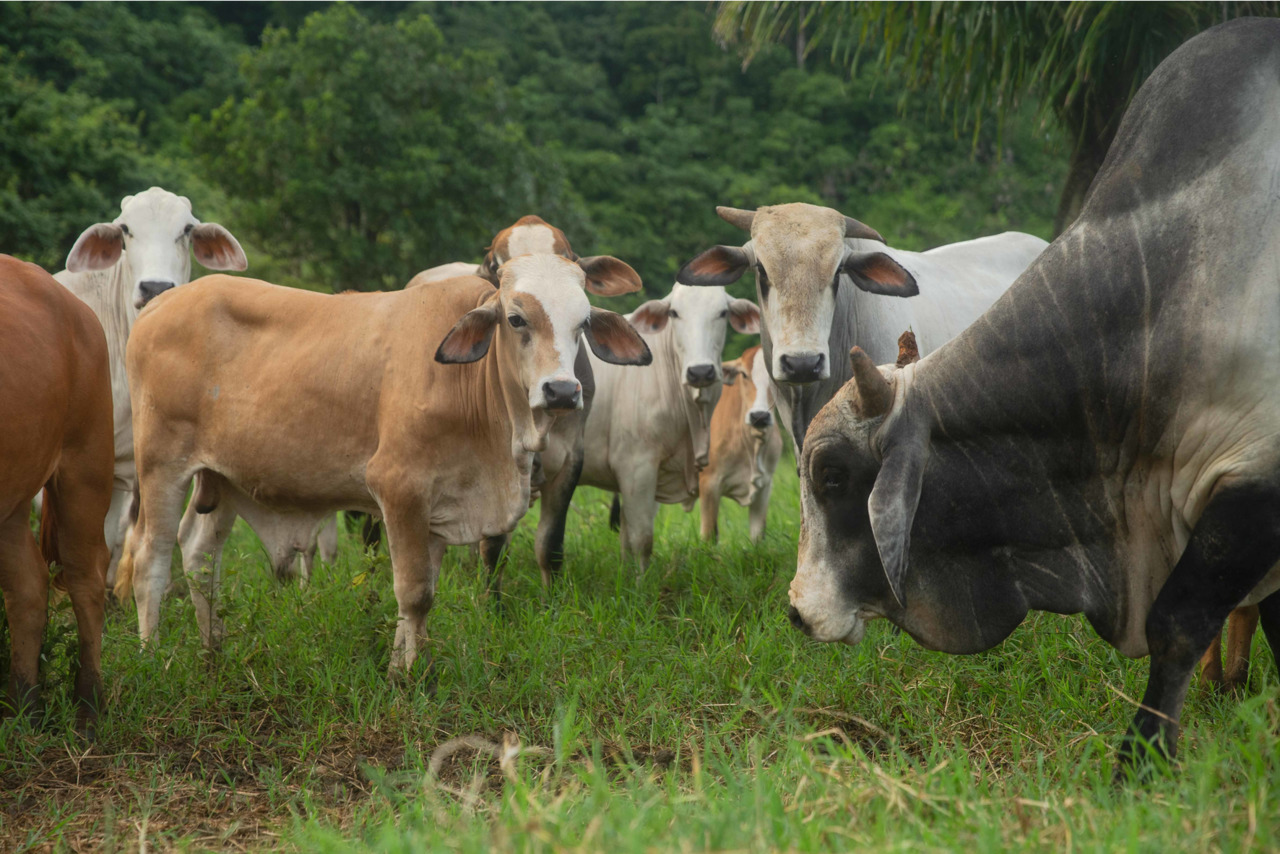
The law requires small, retail farmers to maintain 80% of the forest on their land, but fines do not prevent livestock. Oliveira, a rancher in União Bandeirantes, is unable to legally sell his cattle due to embargoes placed by the environmental regulator. Instead, he sells animals at lower prices to an intermediary, who sells them to the largest slaughterhouse in the state without facing liability. Slaughterhouses often turn a blind eye to cattle supplied through third parties. Many businesses gloat about their success once the rain forest is still being exploited.
However, the consequences are now becoming clear even to some supporters of the policies of the authorities. Oliveira, the rancher, said the stream in his land has dried up. On the eastern edge of the rain forest, shrublands (formed on harsh climatic lands, where evaporation exceeds precipitation) appeared. In addition, in deforested areas of the South, temperatures have more than doubled the global average.

RAINFOREST OR SAVANNAH?
As human activity in Central America becomes more vibrant, the future of the region becomes clearer. Scientists warn that decades of human activity leading to climate change have brought jungles closer to the tipping point. Tropical rainforests have a humid character, where trees draw water from the Earth, which then accumulates air to become rain. The imbalance of that cycle is undermined by deforestation, wildfires and global warming.
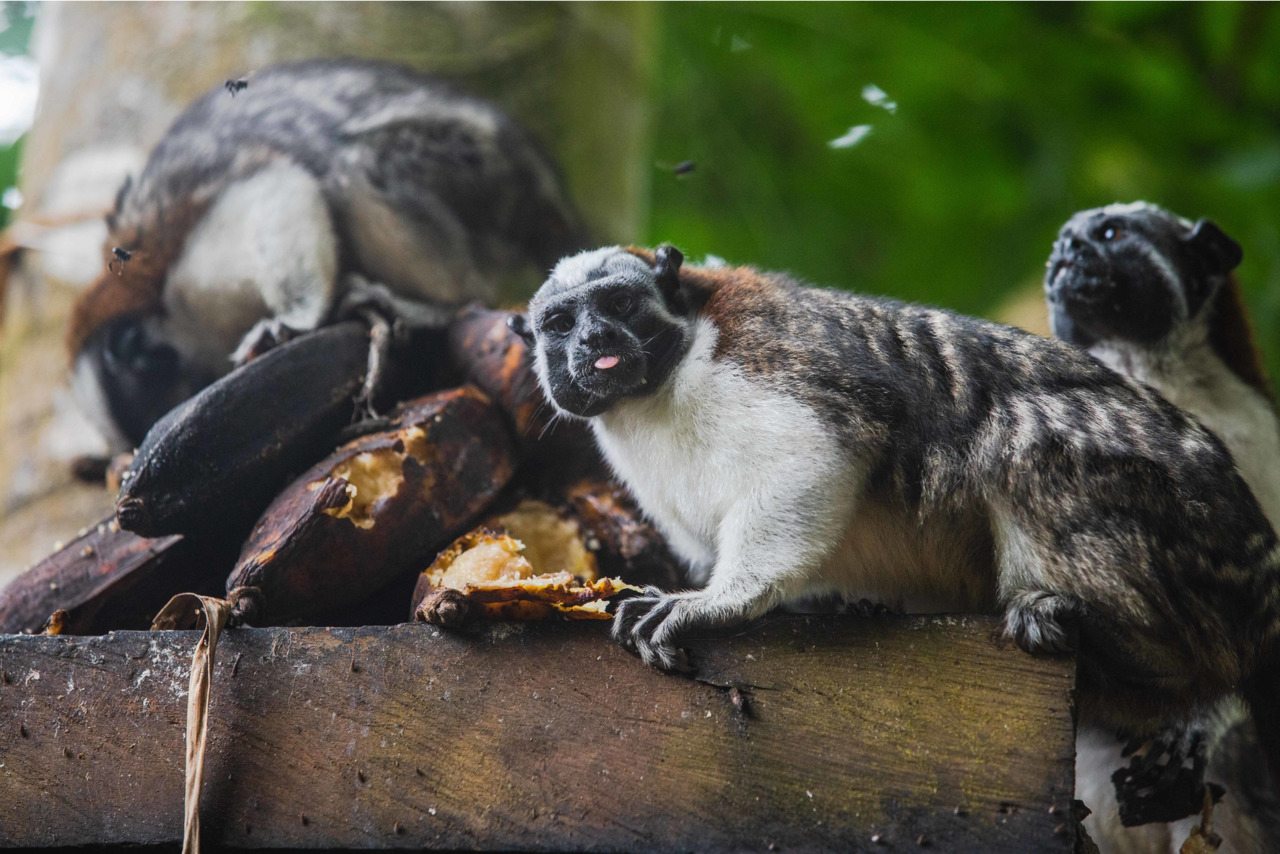
While exploring forests in Central America, I met some forest experts. They have warned that the water cycle will soon be broken without recovery, leading to a trend of declining rainfall and a much longer dry season than in the previous decade. At least half of the shrinking forest will give way to savanna grass. With 17% of forests lost, scientists believe that even if climate change stabilizes, the level of natural disasters in rain forests is difficult to control. If as expected, as global temperatures rise by 4ºC, much of the forest land will inevitably become barren land.
Бесплатный фрагмент закончился.
Купите книгу, чтобы продолжить чтение.
